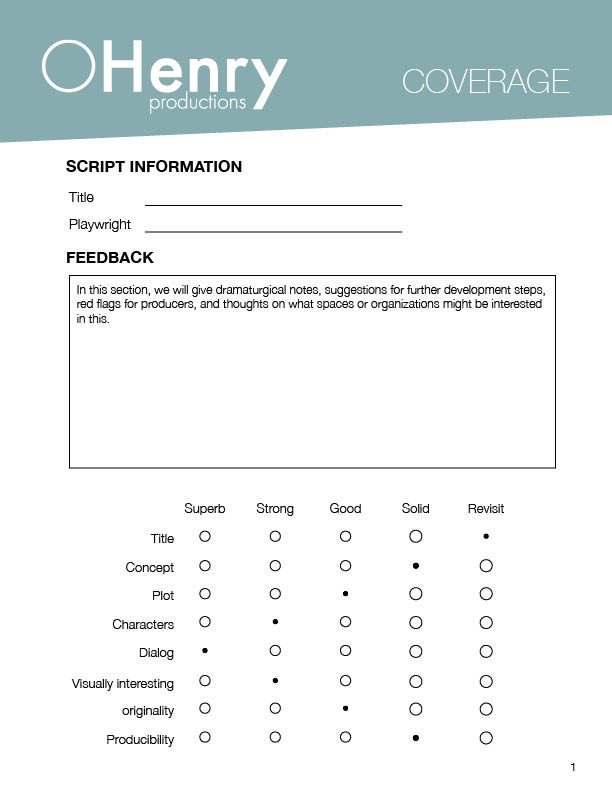How to Invest in Broadway Shows with Retirement Funds
Sept 17, 2019

A Broadway show can be an exciting and magical experience. As an investor with a self-directed retirement plan, you can turn that magic into a potentially lucrative investment. With a Self-Directed IRA or Solo 401(k) plan (if you are self-employed or a sole proprietor), you can make virtually any investment with your retirement funds as long as it does not trigger the prohibited transaction rules, which are few.
So let’s find out how to turn Broadway shows into a profitable investment.
How to Invest in Broadway Using Your Retirement Funds
It’s good practice to use your retirement funds to make investments due to the power of tax-deferral. By investing with a Solo 401(k) if you are self-employed/sole proprietor or a Self-Directed IRA, the income and gains you generate from the investment will be tax-deferred. As a result, the investment can continue to grow in your retirement account unhindered until you take a distribution. Whereas investing with personal funds does not afford the same tax advantages.
How can I invest in Broadway shows?
Oliver Roth, Tony award nominee and producer/CEO at OHenry Productions, explains that investing in Broadway takes a bit of technique. For example, producers cannot advertise or solicit investments, as it is a violation of the Securities Act of 1933 (you will see that the Securities Act poses other obstacles for prospective Broadway investors).
So how can one invest in Broadway?
There are other avenues of entering the industry, but Roth says networking should be your first option.
“The best way to get started is to find someone in your own network who has invested in a Broadway show or knows someone who has invested in one,” says Roth.
If there is no one in your circle with a Broadway connection, there are other avenues to pursue. If you have a favorite Broadway show or a producer you admire, get in touch with the producer directly. Producers, such as Roth, are always happy to work with individuals who want to know more about investing in Broadway. All shows that are currently running are indexed online. Roth says that it is not easy for first-time investors to “get a sense” of which productions are currently seeking funding, but opportunities still exist.
Review the Commercial Theater Institute
“Many shows that have just announced their Broadway engagement to the public probably have investment opportunities available,” explains Roth. “But you would still need to know who to contact about the opportunity.”
There are more comprehensive resources available, including The Commercial Theater Institute (CTI), which offers courses for prospective investors. Roth, a contributing author at CTI, says the organization has courses that are great for prospective investors.
‘Who Gets What’, an annual four-hour course from CTI gives participants an idea of how cash flow works on Broadway and, according to Roth, is a good place for prospective Broadway investors to start.
Can any investor get involved?
The ability to invest in Broadway shows is only open to “accredited investors”, as defined by the Securities Act of 1933. So what is an “accredited investor”?
Accredited investors include individuals with a high-net-worth, which is characterized as a person whose annual income exceeds $200,000 (or a joint net-worth of $300,000 with a spouse) for at least two years. Accredited investors also include banks and financial institutions.
So, can anyone invest in a Broadway show? The short answer is no, says Roth.
“[The Securities Act of 1933] restricts companies from accepting investments from anyone whose individual net worth or joint net worth with their spouse does not exceed $1,000,000,” explains Roth.
However, most productions will accept half-unit investments, but in general, smaller investments must be approved on a case-by-case basis.
Does Broadway investing require large capital?
“A single unit in a Broadway show is usually $25,000, and that is generally also the minimum allowed investment amount,” explains Roth. “That said, many productions will take half-unit investments [for example], $12,500.”
If you are interested in investing in a Broadway show, a few money facts to keep in mind are:
The average investment for a small Broadway production can cost $3 million, with larger productions ranging between $8-$9 million.
Broadway musicals tend to cost at least $10 million and according to Roth, “In recent years, it isn’t uncommon to see select shows spend $30 million [or more] on a show.” (This generally includes successful film productions, like SpongeBob SquarePants, Frozen, etc.).
As you can see, Broadway investments are certainly not for every investor. For accredited, sophisticated investors, Roth says it can be a great alternative investment to diversify your retirement portfolio. However, investors must have the liquidity available to invest in up to three shows per season for the investment to be successful.
“Some people invest in a show at a time, as long as they can find a great show that they want to be a part in,” says Roth. “However, if you are investing this way, you need to be okay in a worst-case scenario where you lose everything.”
Roth goes on to say that if you do not have the available funding or don’t feel comfortable investing over $12,500 in a “highly speculative security,” investing in Broadway may not be for you.
For the “accredited” and “sophisticated” investors, on average, successful shows make much more money than unsuccessful shows lose.
“If you have a balanced portfolio within the theater industry, you can make a good chunk of money,” says Roth.
Broadway shows allow investors to put their money where their passions lie and the right show can be a very fruitful venture – if you have the capital to get started.
Invest in Broadway with You Self-Directed Retirement Plan
If you have the capital to invest in a Broadway production, you can do so with a self-directed retirement plan. This is the beauty of using a Self-Directed IRA or Solo 401(k) to make investments – you can invest in virtually anything.
When using your retirement funds for an investment, the income or gains your investment generates will be tax-deferred until you take a qualified distribution. Because you don’t pay taxes until a much later date, this allows the investment(s) to grow in your retirement plan unhindered, accumulating greater wealth.
You won’t find the same advantages by using personal funds.
A self-directed retirement plan with a passive custodian, like IRA Financial Trust allows investors to make almost any type of investment. However, the investment cannot trigger the prohibited rules under IRC section 4975 and 408, as it may result in high taxes, penalties and potentially the disqualification of your retirement plan.
Unrelated Business Taxable Income (UBIT)
There is a little known tax called the Unrelated Business Taxable Income (UBIT) that investors must be knowledgeable of when using retirement funds to make an investment. UBIT can be triggered if the investment is considered “active” and not “passive” income generation.
If the Broadway production is a business or an LLC, this would be considered an active form of income and would trigger the UBIT tax. The UBTI tax rate can be as high as 37% in 2019, depending on the investment amount. According to producer Oliver Roth, most Broadway productions are LLCs. This is an important fact to consider prior to making the investment.



Join the conversation